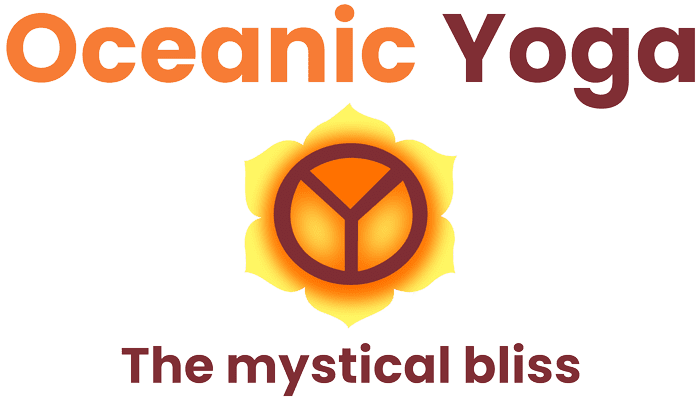Pancha Kosha
Transcendental joy
- Sense organ are channel for experience of any kind of joy.
- The joy of sense organ has limitation and as it passes through sense it has distortion.
- Transcendental joy is ultimate bliss, it is non-interrupted, beyond the expression of words
- Transcendental joy is Para- sensual joy, so its pure and you don’t need any object for that joy.

Chakras & Endocrine Glands
The word chakra literally means wheel, circle, vortex, or whirlpool. The chakras are connected to a network of psychic channels called nadis, which correspond to the nerves but are more subtle in nature. The major chakras are seven in number and are located along the pathway of sushumna nadi which flows through the centre of the spinal cord. Sushumna nadi originates at the perineum and terminates at the top of the head. The chakras are depicted symbolically as lotus flowers, each having a particular number of petals and a characteristic colour. The lotus symbolizes the three stages- ignorance, aspiration and illumination.
It represents spiritual growth from the lowest state of awareness to the highest state of’ consciousness. The petals of the lotus, inscribed with the beeja mantras or seed sounds of the Sanskrit alphabet, represent the different manifestations of psychic energy connected with the chakras and the nadis leading into and out of them. Within each chakra is a yantra comprised of the geometrical symbol of its associated element and beeja mantra. Within the yantra there is also a presiding deity, which represents particular aspects of divinity, along with the corresponding vahana or vehicle which is an animal form, representing other psychic aspects related with the particular centre.
Panch Kosha
Annamaya Kosha
Pranamaya Kosha
Manomaya Kosha
Vignanamaya Kosha
Anandamaya Kosha
Pranayama – Physiological View
Living process needs fuel
- It is most outer covering of body
- It is our physical body
- This layer consist of skin, bones, flesh, muscles, various organ and whatever you have in your body in physical form
- Asana, exercise, walking, swimming and proper diet are food for annamaya kosha
Manomayakosha (Mental Body)
- It is our third layer of self
- It is also called as mental body, emotional body
- All our emotion, liking, pain and pleasure are out come of this layer
- By the way of pratyahara, yama and niyama, bhakti yoga, music you can maintain proper health of this layer
Anandmaya Kosha (Blissful Body)
- It is inner most layer of our body
- It is also called blissful layer
- All your joy and happiness is out come of this kosha
- By the way of samadhi and sharing a joy and happiness you can maintain health of this layer
Therapeutic Approach
- It is our second layer of body
- It is also called as physiological body
- All our physiological processes like digestion, respiration, circulation are included under this kosha
- It works through prana ( vital force), or breath
- Pranayama, proper breathinga and shatkriyas establish proper health of pranamaya kosha
Vigyanamaya kosha (Intellectual Body)
- It is fourth layer of our body
- It is also called intellectual body
- All your ideas, analytical ability, reasoning ability, and logic is outcome of this layer
- By the way of dharana, meditation, reading, proper understanding you can maintain health of this kosha
How this kosha works practical view
- Every kosha has dominance have all outer kosha
- g .the person having strong mental stability has superior enjoyment than having strong physical body or vital body
- The more deeper you go, more the meaningful life
- As you go deeper you are nearer to your true self
Working on kosha
- One can start working on any of the kosha can find liberation.
- One can start with anyone but entire journey consist of fullfill-ment of all the koshas.
- More you go inner, you find more integration of your personality
- More you near to self, less the problems you have with world, and more the joy



